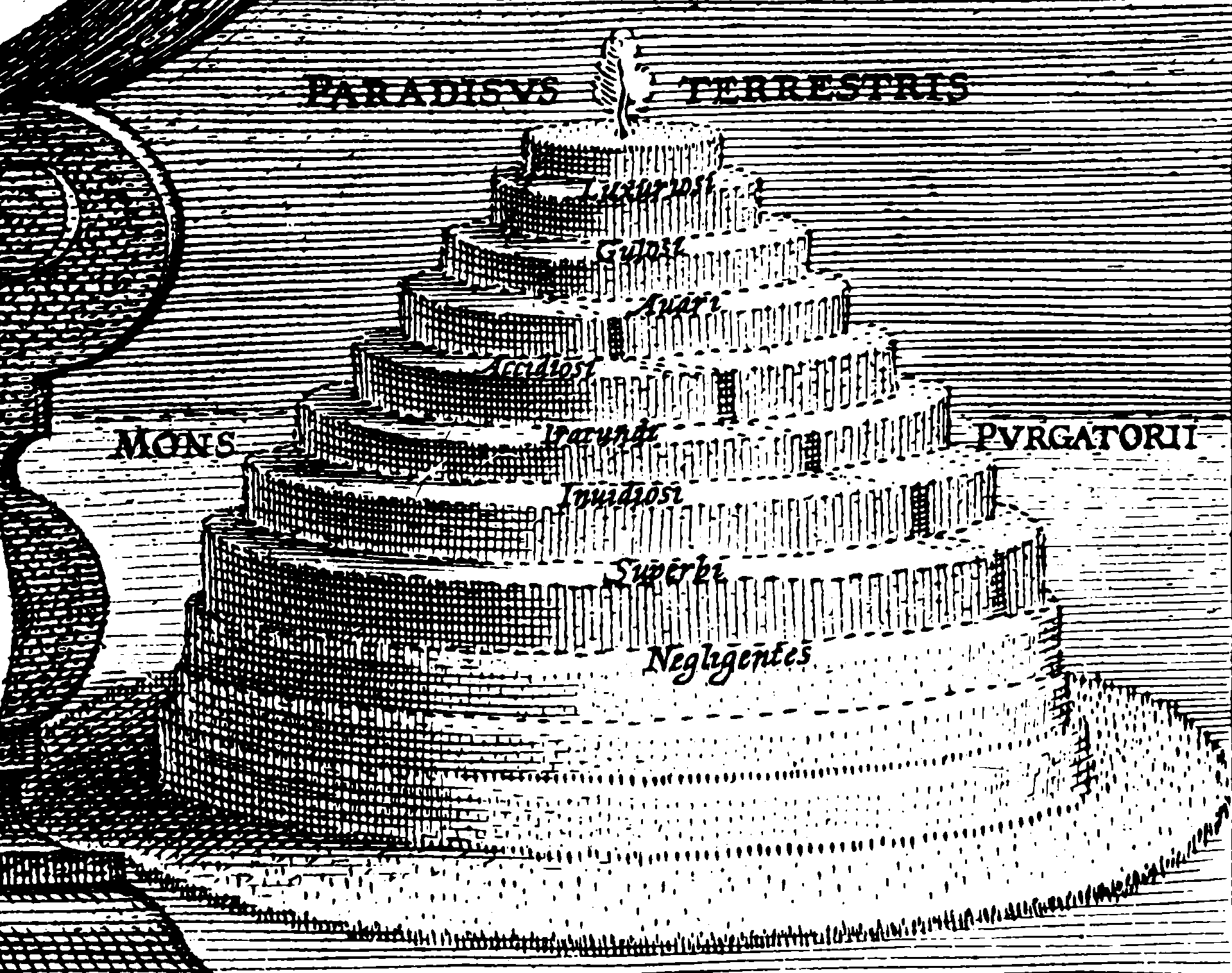Multi level marketing
Pyramid schemes, Ponzi schemes, Newcomb unboxing
2022-10-02 — 2022-10-02
Wherein links between multi‑level marketing, academia, and cryptocurrencies are examined as nondeterministic pyramid schemes, a case study and podcast are cited, and questions about evidential decision theory are raised.
Notes on various schemes in the vicinity of multi-level marketing. Although I would like to be broader than that.
I am not interested in selling perfume in a pyramid scheme, but I’d be lying if I said my life was completely divorced from such things. After all, academia has many characteristics of such a scheme (Afonso 2014).
- Case study: Contrepreneurs: The Mikkelsen Twins is an essay into a certain phase of the ML
- The Dream (feed) is a podcast about various flavours of MLM
- Connection to cryptocurrencies is a beloved talking point of pundits, e.g. Charlie Warzel, The Absurdity is the Point.
1 Nondeterministic pyramid schemes
What about undecidable MLMs, where if the scheme succeeds then everyone wins, but if it fails only the early adopters do? In that case, what even is it? Or more general examples of games that are potentially positive-sum? Maybe doubling down on technology to solve global crises is an instance of such a scheme. Maybe cryptocurrency is an instance of such a scheme.
Over in the anthropic principles section, I wondered about that in the context of the Hobart essay, Sin, Secret, Series A. Every startup needs to know something where it is argued that many startups are nondeterministically Ponzi schemes. If their founding myth comes true and they attain market dominance, they do great. Otherwise…
Question: what does evidential decision theory say about such things?
2 Anthropic principles in
Where in the hype cycle do you encounter a product? Which is the most likely level that you will join a Ponzi scheme? See anthropic principles.
3 Credit networks as
See financial stability.
4 Game theory
Looks a little like the minority game? Asymmetric information games? I imagine someone has done this.

